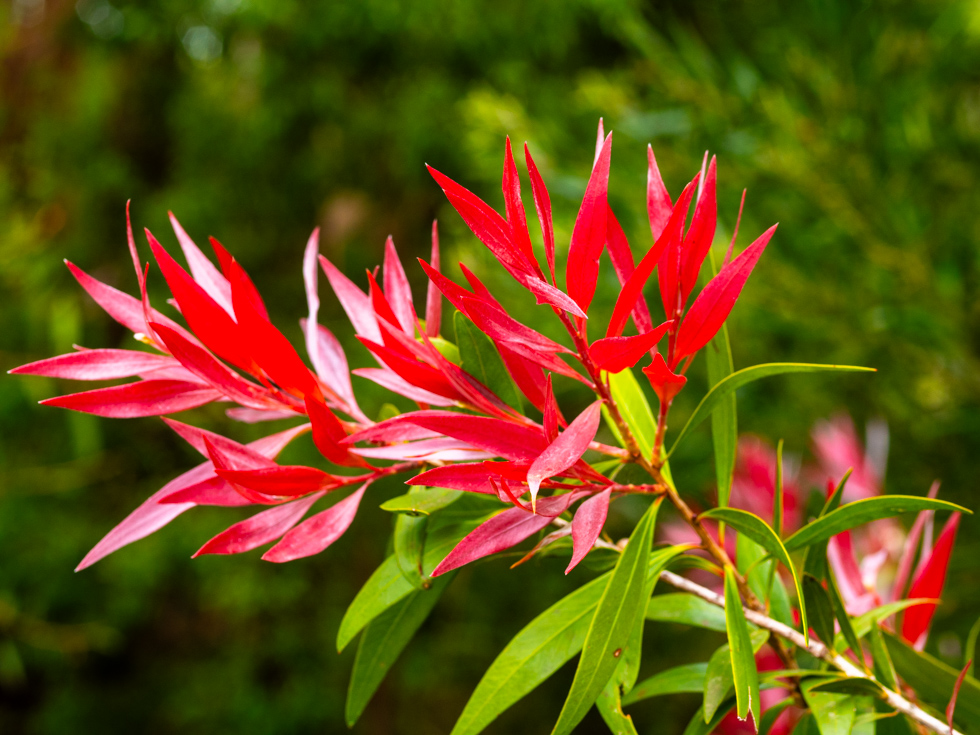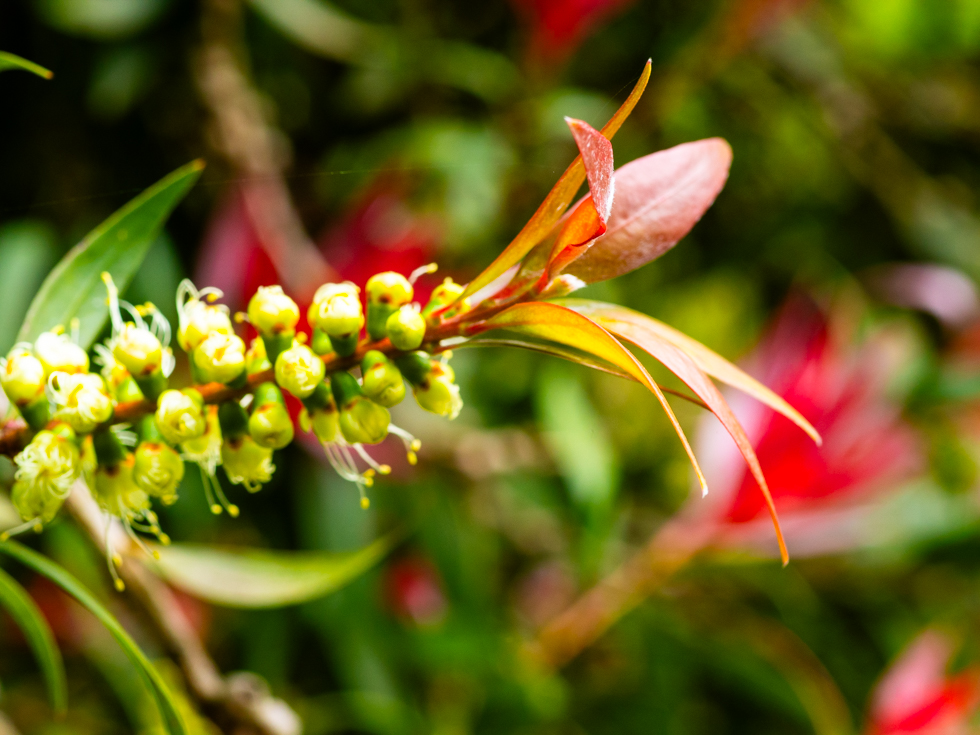The Willow Bottlebrush (Melaleuca (Callistemon) salicina): New growth emerges as red leaves. It is Spring.

This is a small tree I have growing in my backyard. It has white papery bark and spikes of flowers which are creamy in colour. Some species have white flowers and there is also a red one.



Footnote:
Please Note:
I am the copyright holder of all photographs that appear on this blog. Please respect my copyright.
© Fred O’Donnell Photography

























